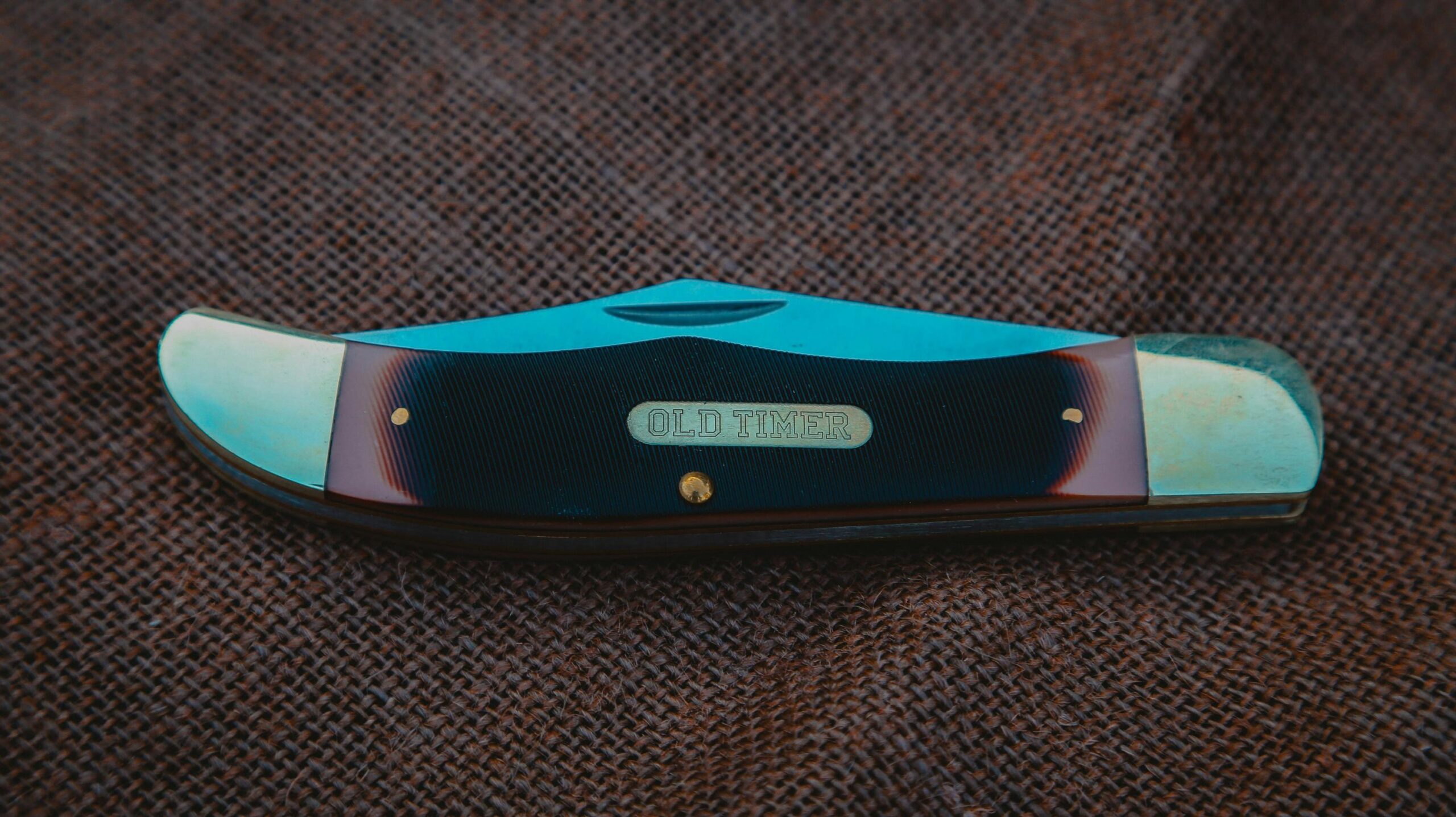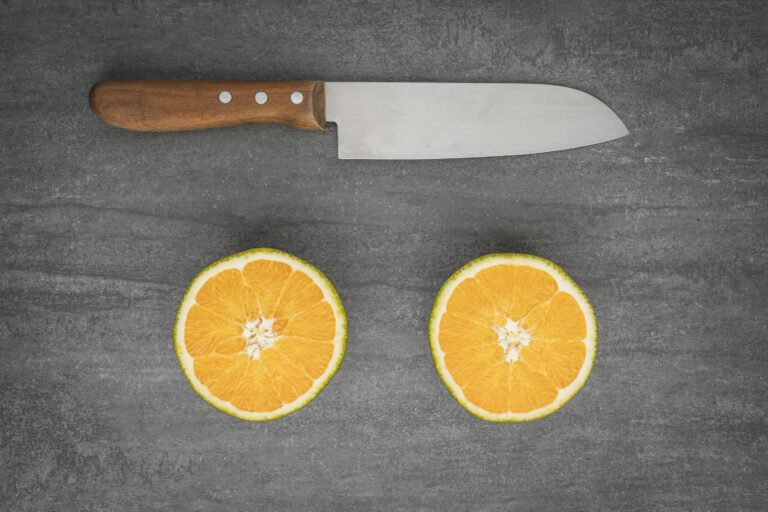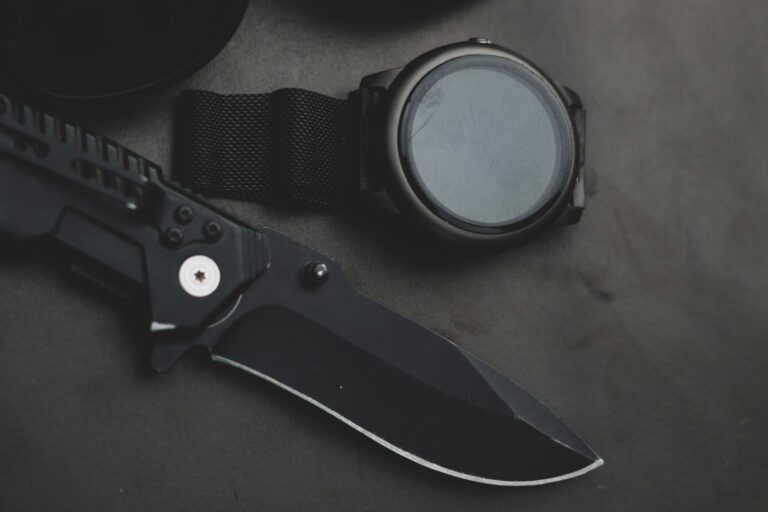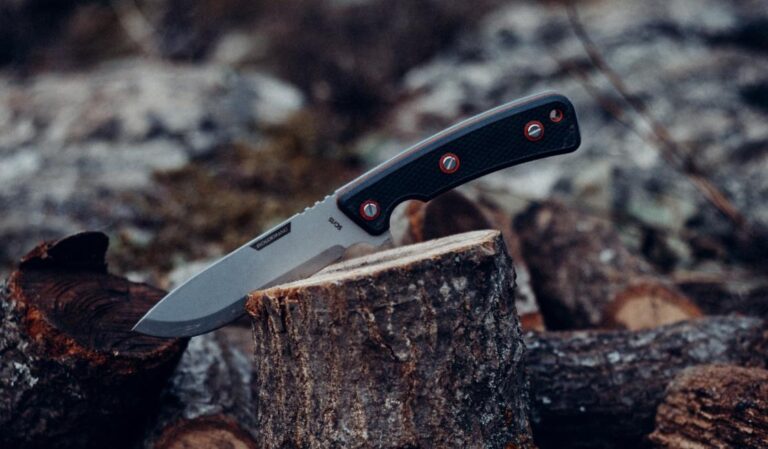With global demand for versatile, multi-use knives soaring—especially in hunting, outdoor, and everyday carry (EDC) markets—clip point blades remain a top-selling choice for retailers. If you want to grow your knife business, understanding what makes this classic blade shape a buyer favorite is essential. From its precision-focused design to its cross-functional utility, clip point blades balance style and performance—making them easy to market to casual users, enthusiasts, and professionals alike.
What Is Clip Point Blade?
A clip point blade is characterized by its thin, sharp tip and a distinct “clipped” upper edge near the tip, forming a curved or straight profile. This easily recognizable design has remained popular for centuries, commonly seen this shape in Bowie knives, pocket knives and hunting knives. The “clip”—the cut-away section—can be straight or curved, while the acute tip allows for precise control in detailed tasks. With a long cutting edge and slender tip, clip-point blades excel at slicing, piercing, and accurate cuts. Sellers often highlight these features to customers seeking versatile knives.
Variations like the California clip (longer clip) and Turkish clip (more pronounced recurve) appear in both modern and historic knives. The design actually dates back to ancient Macedonian times and is used today in many knife styles.
Buy Wholesale Knives and Start Scaling up with Us Today
Contact us and connect with a sales rep to get a free quote.
Development Of Clip Point Blade
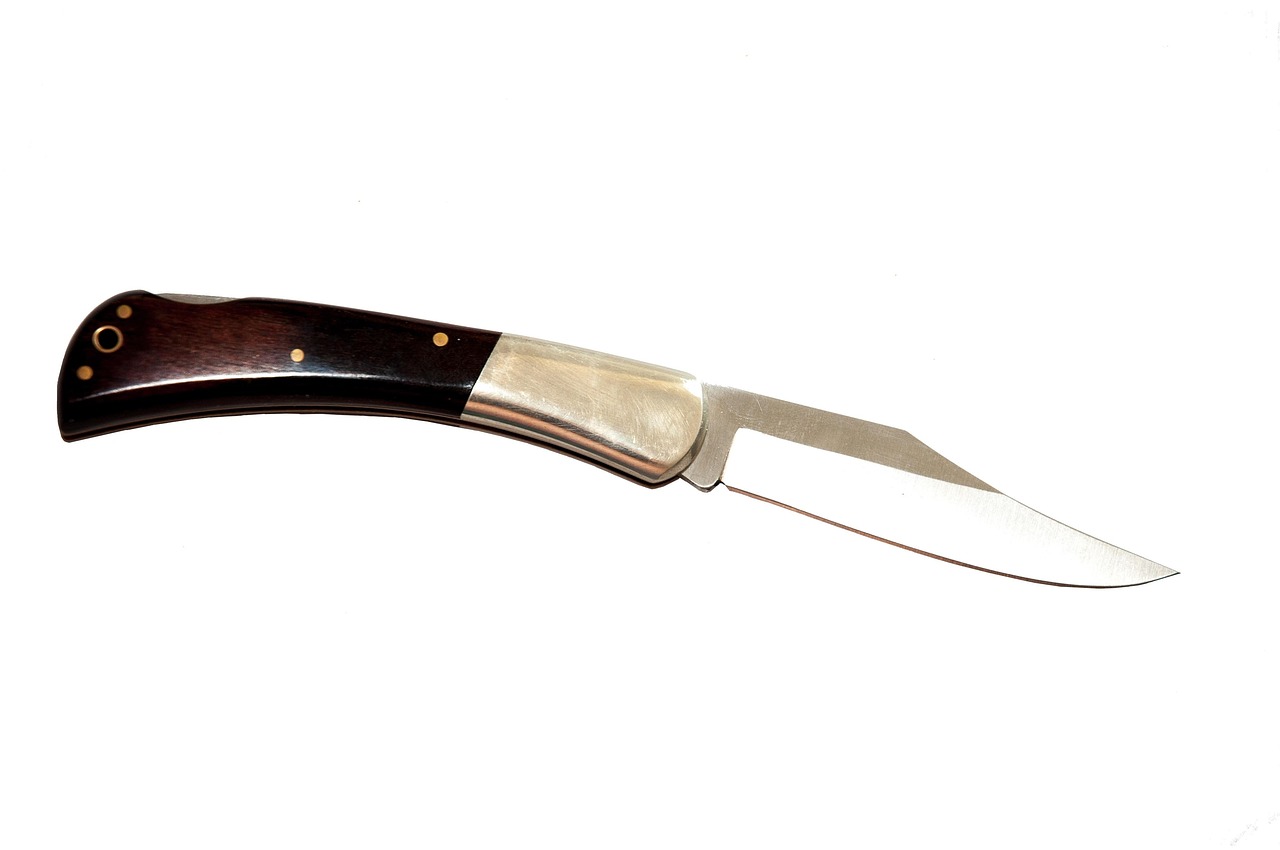
The clip point’s evolution is tied to shifting needs in hunting, self-defense, and utility—making its backstory a powerful selling point for history-focused buyers.
Origin
Over 2,000 years ago, ancient Macedonian knife makers first refined the clip point design. They added the “clipped” upper edge to create a sharper tip, addressing a critical survival need: balancing slicing and stabbing for daily survival. Makers refined the design for sharper points and better cutting edges.
Development
In the early 19th century, the clip point blade rose to fame in America via the Bowie knife. Rezin Bowie designed it for his brother Jim, whose legendary use in frontier fights and survival solidified its reputation.
This design soon became a staple in fixed blade knives used by frontiersmen, hunters, and soldiers. Their sharp, controllable tips stood out—especially for precision tasks.
Makers later developed variants like the California clip (longer clipped point) and Turkish clip (strong recurve). Versatility convinced manufacturers to make this blade a core offering.
Modern Applications
Today, clip point blades remain popular for pocket and fixed blades, appearing on hunting, camping, and tactical knives. Users value their ability to handle detailed work and heavy cutting.
The sharp tip excels at tasks like game skinning and package opening, while everyday carry (EDC) models leverage the design’s flexibility.
They typically feature a larger belly for slicing and a fine tip for piercing—making them marketable to collectors and users alike.
Buy Wholesale Knives and Start Scaling up with Us Today
Contact us and connect with a sales rep to get a free quote.
Characteristics Of Clip Point Blade
Common Features
| Feature | Description |
| Shape | Straight main edge with a concave “clipped” upper section near the tip |
| Cutting Edge | Long and smooth, suitable for slicing |
| Tip | Thin, sharp and controllable for piercing tasks |
Pros
Precision Control: The sharp, thin tip excels at piercing, picking, and detail work (ideal for hunters and outdoor users).
Balanced Handling: The tip’s lightness improves maneuverability.
Versatility: Used in pocket knives, hunting tools, and tactical gear.
Aesthetic Appeal: Classic profile attracts buyers.
Cons
Tip Fragility: The thinner tip can be more prone to breaking under heavy pressure.
Sharpening Complexity: The concave curve requires careful maintenance.
Heavy-Duty Limitations: Not the most durable for rugged tasks.
What Is A Clip Point Blade Used For?
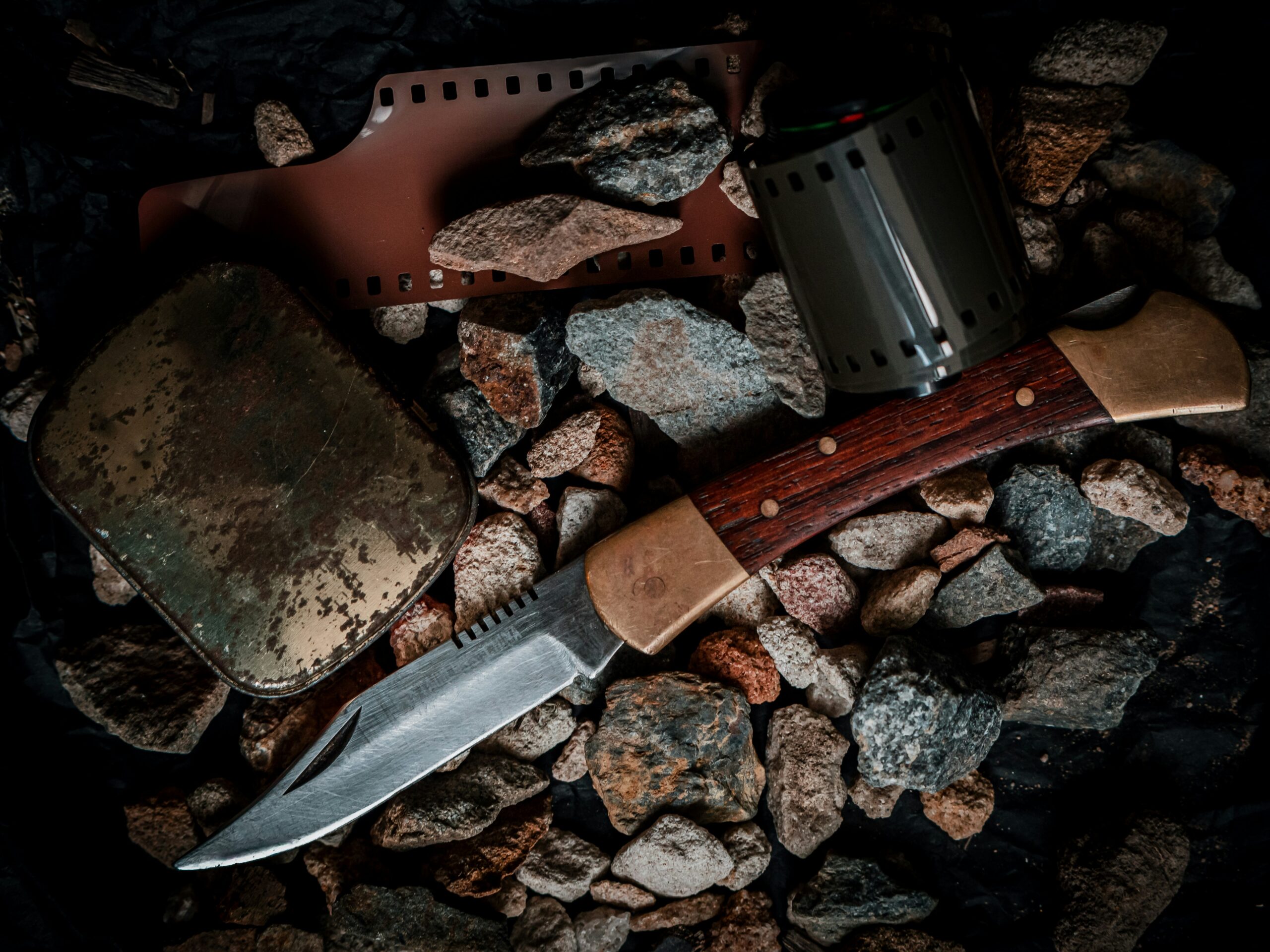
Clip point blades thrive in tasks requiring precision and control, including hunting, outdoor survival, EDC, tactical needs, and woodworking.
Hunting And Field Work
Ideal for hunting, the thin tip excels at skinning and puncturing game, while the long belly eases field dressing. It handles fine cuts and deep incisions, making it a go-to for hunters who value piercing without meat damage. Classic Bowie knives use this design for such purposes.
Outdoor Survival
A staple in survival kits, clip point blades aid shelter building, food prep, and carving. The sharp tip punctures wood or cord, while fixed blade versions add strength for heavy tasks. Their versatility reduces the need for multiple tools.
Everyday Carry (EDC)
EDC-friendly and compact, clip point pocket knives tackle daily tasks like opening boxes or slicing fruit. Their slim tip excels in tight spaces, and light weight makes them popular for daily use.
Explore more EDC options: https://leeknives.com/custom-pocket-knife/
Tactical And Self-Defense
Trusted for tactical use, clip points pierce tough materials—favored by military and law enforcement. Self-defense knives leverage their quick deployment and precision insertion, with designs like the Bowie knife offering reliable performance.
Crafting And Woodworking
For crafting, the fine tip enables controlled cuts for carving or leatherwork. The sloped spine allows close work without hand obstruction. Some crafters prefer the Turkish clip for curved cuts, valuing control and versatility.
Buy Wholesale Knives and Start Scaling up with Us Today
Contact us and connect with a sales rep to get a free quote.
Comparison With Other Blades
Clip point vs Drop point
Drop point blades have a smooth, curved top edge that “drops” gradually to a wider tip. Unlike clip points, drop points offer more tip strength and a larger cutting surface. They’re safer for everyday use (e.g., slicing fruits, cutting rope) since their broader tip reduces accidental punctures.
Clip point vs Tanto
Tanto blades feature a straight top edge that meets the main edge at a sharp angle, mimicking traditional Japanese tanto swords. Tanto blades excel at heavy-duty tasks (e.g., prying, cutting thick materials) due to their reinforced tip and thick spine. In contrast, clip points are lighter and more agile—better for detail work (e.g., carving, detail cutting) but less durable for heavy impacts.
Clip point vs Spear point
Spear point blades have a symmetrical, double-edged design with a centered tip, optimized for deep piercing (e.g., self-defense or hunting). Clip points, by comparison, are single-edged with an off-center tip—they offer better control for everyday slicing tasks (e.g., preparing food, opening boxes) but lack the spear point’s piercing depth and double-edge versatility.
Blade shape impacts functionality. Here’s how clip points stack up:
| Blade Type | Shape | Tip | Strengths | Weaknesses |
| Clip Point | Straight with concave cut | Sharp, thin, precise | Excellent for detail work | Fragile tip; not ideal for heavy-duty tasks |
| Drop Point | Convex curve | Broad, strong | Robust; less prone to breaking | Less precise for piercing |
| Spear Point | Symmetrical, center | Strong, thick | Balanced design | Reduced sharpness for detail work |
| Tanto | Angular, two edges | Reinforced, angled | High tip strength for prying | Limited slicing ability |
Cultural Origin & Historical Background
Clip Point: Rooted in 19th-century European/American hunting traditions, designed for field dressing game.
Drop Point: Emerged in North American wilderness tools, favored by trappers/explorers for rugged reliability.
Spear Point: Evolving from spearheads, this symmetrical blade shape appeared in various cultures (e.g., Roman pugio, Native American trade knives).
Buy Wholesale Knives and Start Scaling up with Us Today
Contact us and connect with a sales rep to get a free quote.
Clip Point: Convex flat grinds require consistent sharpening to maintain edge precision, but offer good edge retention for repeated use.
Drop Point: Scandi or convex grinds are easier to sharpen in the field, prioritizing durability over ultra-fine edges.
Spear Point: Symmetrical double-edges (flat/convex grinds) requiring equal edge balancing and precise angle control to prevent uneven wear, with regular honing needed to maintain symmetry for dual-purpose use.
Tanto Point: Compound grinds (especially the convex tip section) can be more complex to sharpen, but the thick tip design reduces the need for frequent maintenance in tactical settings.
Conclusion
A clip point blade’s “clipped” tip design offers precision for detail work, slicing, and everyday use. Key takeaways:
- Used in pocket knives and fixed blades across hunting, EDC, and tactical fields.
- Thin tip excels at accuracy but risks breaking under heavy use.
- Popular for balancing function and style—an easy addition to any product line.
For businesses looking to expand knife sales or source custom blades from China, request a quote for wholesale, OEM, or private label options.
Frequently Asked Questions
How does a clip point compare to a drop point for EDC?
Clip points offer a sharper tip for piercing (e.g., opening packages), while drop points are sturdier for general tasks. Both work for EDC; choose based on precision vs. durability needs.
Is a Bowie a clip point?
Yes—the Bowie knife is an iconic clip point blade, famous for its large size and clipped tip, ideal for hunting and utility work.
Is clip point better than drop point for self-defense?
Clip points pierce easier in emergencies, but drop points are less breakable. Choose based on comfort and needs—some find drop points safer.
What are the advantages of a clip point for hunting?
The sharp tip enables precise field dressing and skinning, while the long edge handles slicing. Hunters use them for tasks like cleaning fish and processing game.
